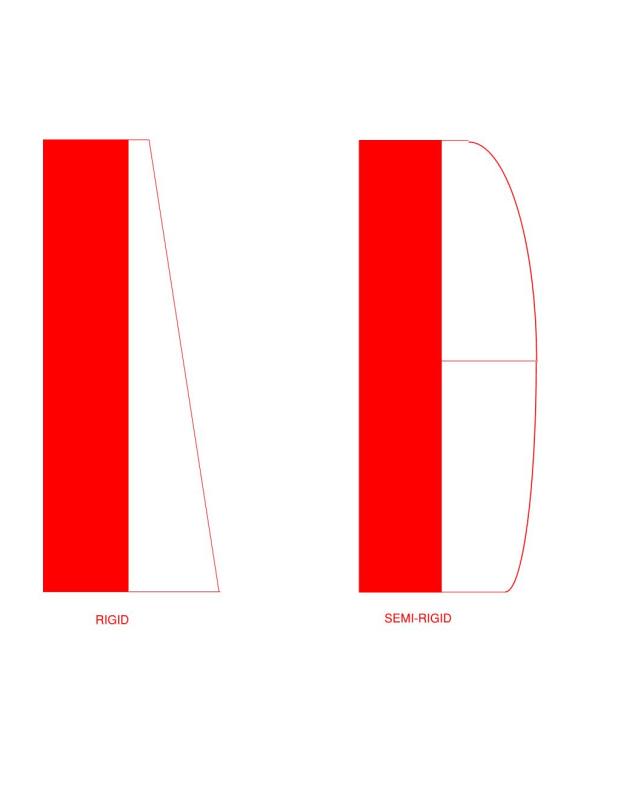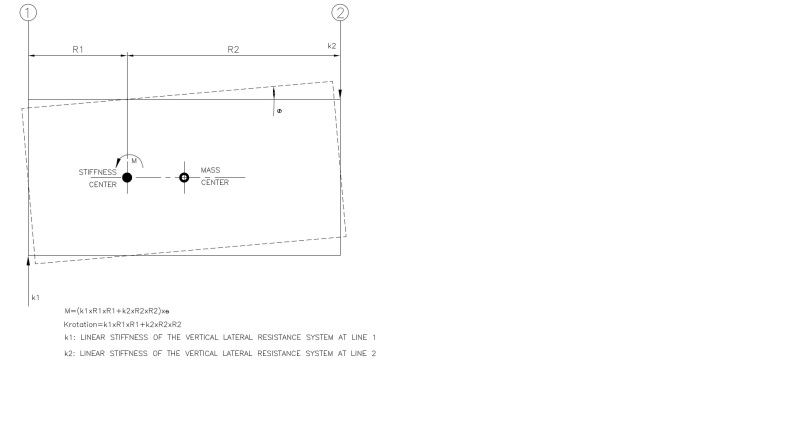BAGW
Structural
- Jul 15, 2015
- 388
Hi,
I have couple of questions regarding torsional irregularity.
1) When one of the building deflects 10mm and other end deflects -2mm, how id average delta calculated. Is it done by making -2mm zero. So the deflection at the building ends become, 12mm and 0mm. Average delta = 6mm?
2) While calculating torsional irregularity, do you always use rigid diaphragm in analysis software, so that one end of the building deflects maximum and the other end minimum? If semi-rigid diaphragm is used, deflection at the mid span of the diaphragm may be more than the ends. See image attached.
Thanks

I have couple of questions regarding torsional irregularity.
1) When one of the building deflects 10mm and other end deflects -2mm, how id average delta calculated. Is it done by making -2mm zero. So the deflection at the building ends become, 12mm and 0mm. Average delta = 6mm?
2) While calculating torsional irregularity, do you always use rigid diaphragm in analysis software, so that one end of the building deflects maximum and the other end minimum? If semi-rigid diaphragm is used, deflection at the mid span of the diaphragm may be more than the ends. See image attached.
Thanks




